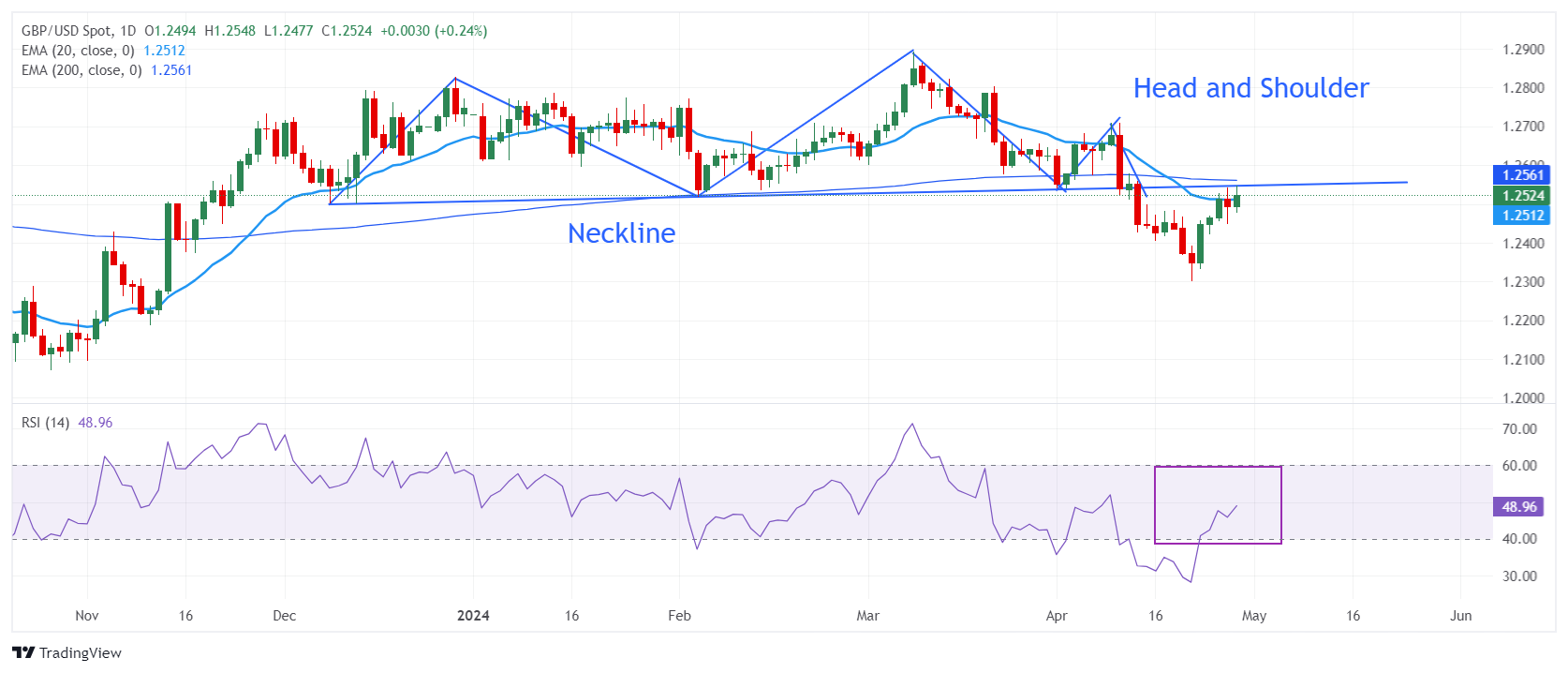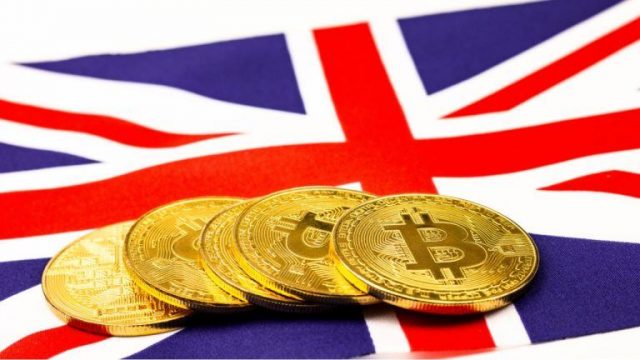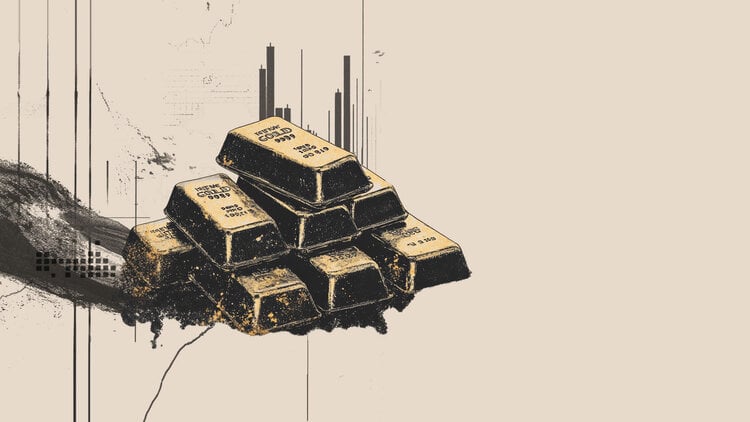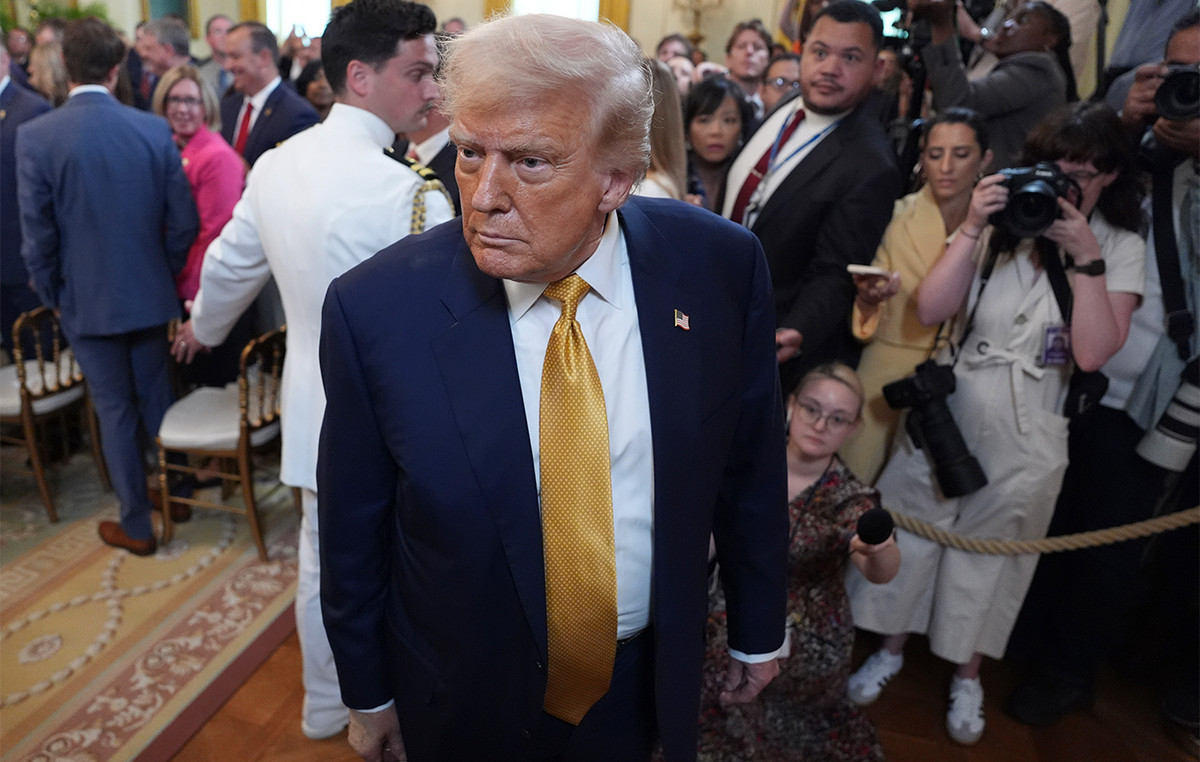- The British pound hits two-week highs near 1.2550 amid improving market sentiment.
- Investors believe the BoE will be inclined to cut interest rates at its June or August meeting.
- Wednesday's Fed policy decision and Friday's NFP report will be the key developments this week.
The British Pound (GBP) hits a new two-week high against the US Dollar (USD) near 1.2550 in the American session on Monday. The GBP/USD pair advances thanks to the good market mood and the fall of the US dollar. The Pound strengthens as mixed guidance from Bank of England (BoE) policymakers on the inflation outlook increases uncertainty over when the BoE will begin its interest rate cut cycle.
BoE Deputy Governor Dave Ramsden stated in mid-April that the risks of inflation remaining high have diminished. Ramsden predicted headline inflation would return to the 2% target in May and said it would likely remain at this level for the next two years.
By contrast, some other BoE policymakers, such as Chief Economist Huw Pill, Jonathan Haskel and Catherine Mann, are not as optimistic about the inflation outlook. Most of them have referred to the underlying Consumer Price Index (CPI) as the preferred measure for decision-making on interest rates, which remains high due to stubborn services inflation. Last week, Pill said: “The time to cut bank rates remains some way off.”
Financial markets expect the BoE to lean towards cutting rates at its June or August meeting. “It's between June and August, and we're slightly leaning towards August on the basis that one of the key things the BoE is looking at is services inflation,” said James Smith, economist at ING Financial Markets. “If services inflation is a little more tenacious, I think that tips the balance a little bit more toward August than June, but it's a pretty close call, to be honest,” he added.
Daily Market Summary: Sterling rises ahead of US data-heavy week
- The British Pound rises to 1.2550, taking advantage of improving market sentiment. S&P 500 futures have posted significant gains during the Asian session, suggesting an improvement in investors' risk appetite. A slight decline in the US dollar ahead of the Federal Reserve's interest rate decision has also boosted the GBP/USD pair. However, firm expectations that the Fed will maintain a hawkish tone could support the US dollar.
- The Fed is expected to keep interest rates in a range of 5.25% to 5.50% at its policy meeting on Wednesday. Fed officials are expected to continue to rely on data to make new decisions. The central bank is likely to reiterate the need to gain more confidence before pivoting towards rate cuts.
- The recent batch of consumer inflation data has offered no relief to Fed policymakers. U.S. March core personal consumption expenditure (PCE) price index data released on Friday , indicated that the increase in service prices kept price pressures higher than expected.
- In annual terms, the PCE core inflation data increased by 2.8%, above expectations of 2.6% and at the same pace as in February. The monthly inflation data grew in parallel with the consensus and the previous publication of 0.3%. The 0.3% monthly core PCE growth is higher than needed to return inflation to the desired rate of 2%.
- Aside from the Fed's monetary policy decision, investors will also focus on the Institute for Supply Management's (ISM) manufacturing Purchasing Managers' Index (PMI) data for April, due to be released on Wednesday. The ISM Manufacturing PMI is estimated to remain above the 50.0 threshold, which separates expansion from contraction. The factory data would be at 50.1, below the previous reading of 50.3. The S&P Global PMI survey for the same period showed a sharp decline in production scale and new orders due to inflationary pressures, weak demand and insufficient inventories at customers.
- Later this week, the US Non-Farm Payrolls (NFP) data will be the crucial event that will indicate the current state of the labor market.
Technical Analysis: British Pound Rises Above 1.2500

The British pound recovers the losses recorded in recent weeks and approaches the neck line of the head and shoulders chart pattern. The neckline of this pattern is drawn from the December 8 low around 1.2500.
The GBP/USD pair is trying to stay above the 20-day EMA, around 1.2510. The 200-day EMA at 1.2550 acts as the main barrier for the British Pound bulls.
The 14-period RSI is moving towards the 40.00-60.00 range, suggesting future consolidation.
BoE FAQ
The Bank of England (BoE) decides the UK's monetary policy. Its main objective is to achieve “price stability”, that is, a constant inflation rate of 2%. Their instrument to achieve this is the adjustment of basic lending rates. The BoE sets the rate at which it lends to commercial banks and banks lend to each other, determining the level of interest rates in the economy as a whole. This also influences the value of the British Pound (GBP).
When inflation exceeds the target set by the Bank of England, it responds by raising interest rates, which makes access to credit more expensive for people and businesses. This is positive for the British pound because higher interest rates make the UK a more attractive place for global investors to put their money. When inflation falls below target, it is a sign that economic growth is slowing, and the BoE will consider lowering interest rates to make credit cheaper in the hope that companies will borrow to invest in generating projects. of growth, which is negative for the Pound sterling.
In extreme situations, the Bank of England can apply a policy called Quantitative Easing (QE). QE is the process by which the BoE substantially increases the flow of credit into a clogged financial system. QE is a policy of last resort when lowering interest rates does not achieve the necessary result. The QE process involves the BoE printing money to buy assets – typically government bonds or AAA-rated corporate bonds – from banks and other financial institutions. QE usually results in a weakening of the British pound.
Quantitative tightening (QT) is the reverse of QE, and is applied when the economy is strengthening and inflation begins to rise. While in QE the Bank of England (BoE) buys government bonds and corporate bonds from financial institutions to encourage them to lend, in QT the BoE stops buying more bonds and stops reinvesting the capital that matures from the bonds. that you already own. It is usually positive for the Pound sterling.
Source: Fx Street
I am Joshua Winder, a senior-level journalist and editor at World Stock Market. I specialize in covering news related to the stock market and economic trends. With more than 8 years of experience in this field, I have become an expert in financial reporting.







